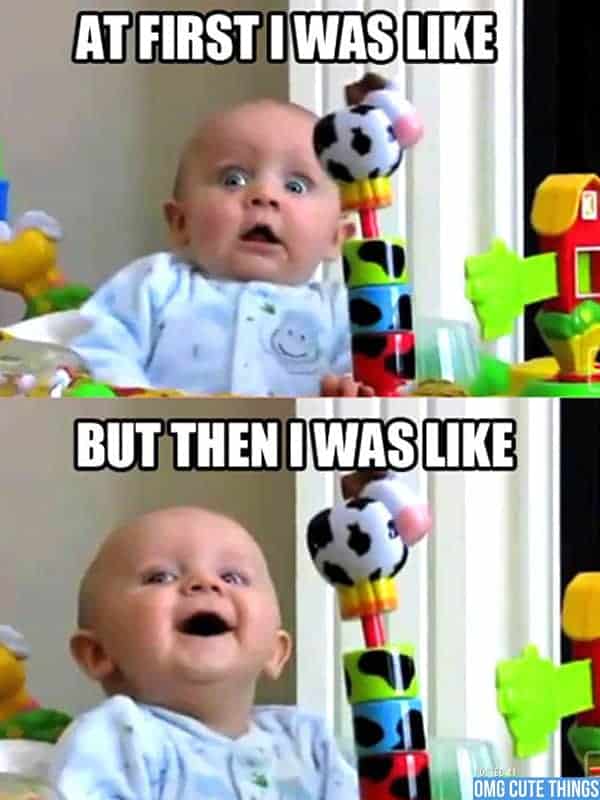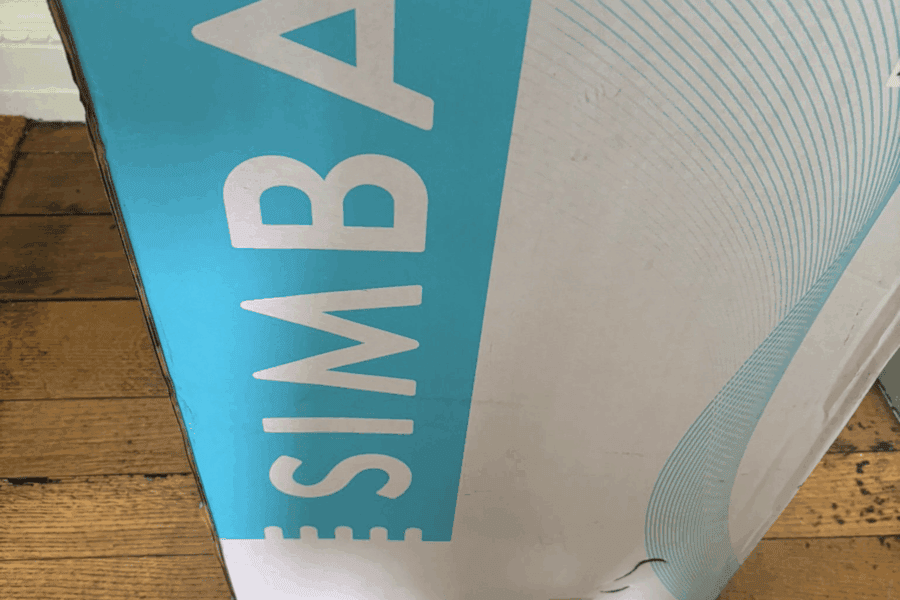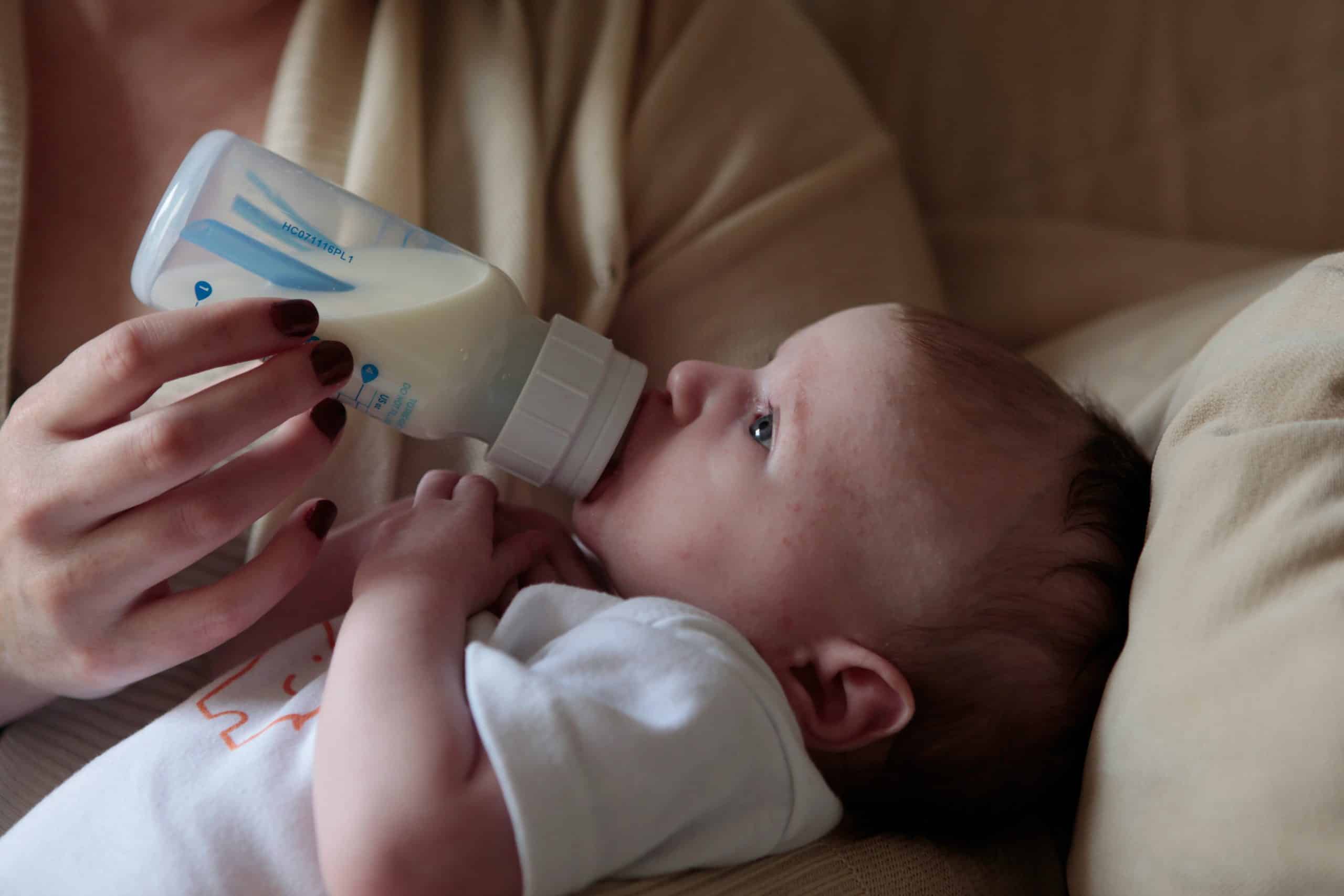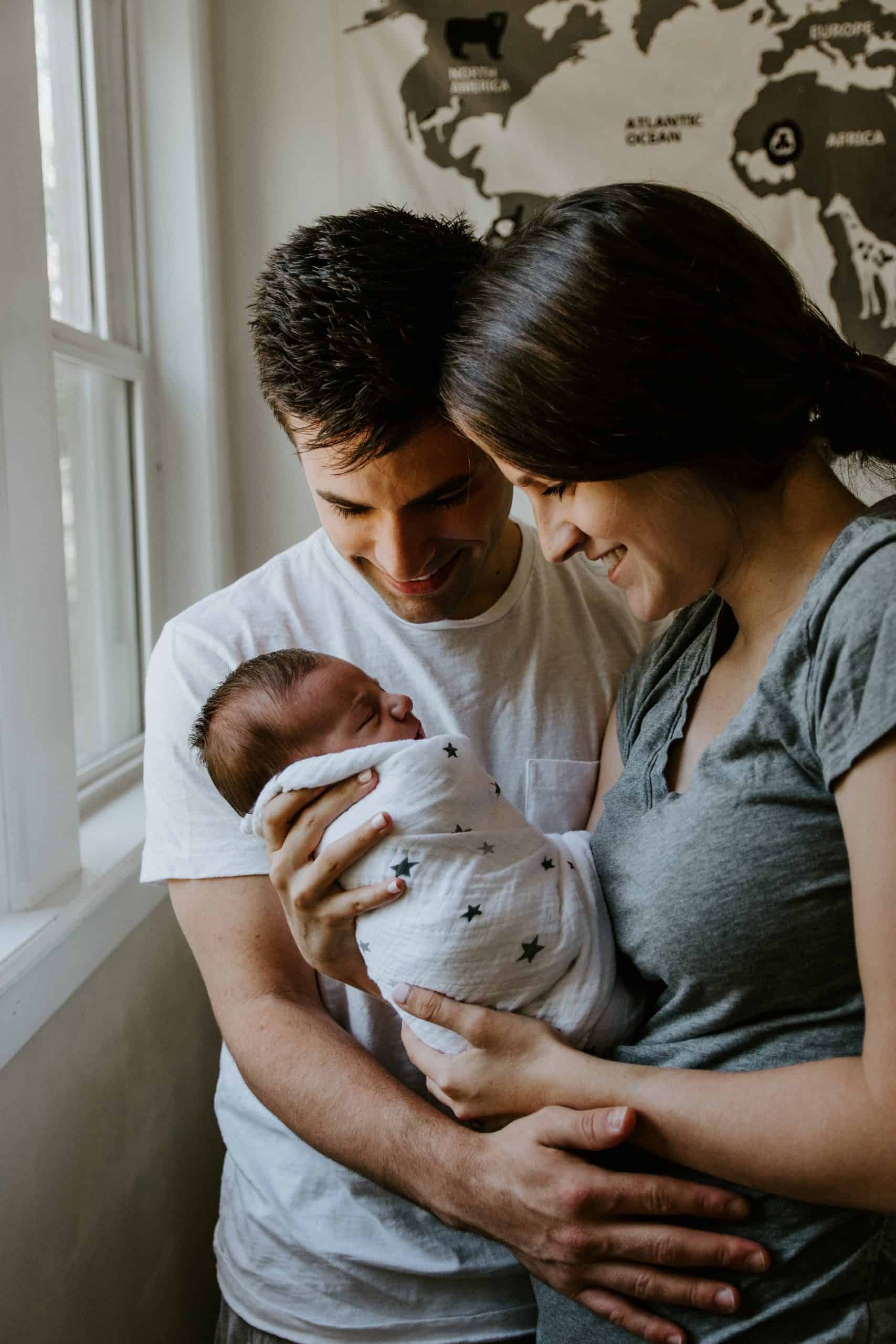Table of contents
Share Post
Natural baby reflexes
There are some natural reflexes that your doctor will test for possibly at birth, but certainly at the 6-8 week post-natal check up:
- Rooting reflex- If you stroke a new-born babys’ cheek, they will immediately turn in that direction with her mouth open ready to suck. This helps them locate the breast or bottle and you can use this reflex to gain their attention and encourage feeding even if they are sleepy. It lasts for 3-4 months but may persist when they are sleeping.
- Sucking reflex-A new-born will suck when the roof of her mouth is touched, i.e. with the nipple or bottle teat. This reflex is present at birth and lasts 2-4 months when involuntary sucking takes over.
- Startle/ Moro reflex-If your baby is startled by a sudden or loud noise, or a feeling of falling, she will extend her legs, arms and fingers, arch her back, draw her head back and then draw the arms back with fists clenched into the chest. This moro reflex lasts 4-6 months.
- Walking or stepping reflex-This works best after the 4th day. Hold your baby upright on a table or flat surface, under her arms standing her up. She should lift one leg and then the other as if walking ‘steps’. This reflex is present from birth, and lasts for varying amounts of time, but usually disappears around 2 months and comes back much later when they are close to learning to walk.
- Palmar grasp reflex-When you touch the palm of your babys’ hand, her fingers will curl around and cling to your finger (or any other small object you place in her hand). You may also notice that she will curl her feet and toes when they are touched.
- Babinski’s/ Plantar reflex- When the sole of a new-borns’ foot is gently stroked from heel to toe, their toes will flare upwards and the foot turns in. This reflex lasts between 6 months and 2 years after which the toes curl down when the sole is touched.
- Tonic neck or fencing reflex-When placed on their back a baby will turn one way with opposite arms and legs extended and flexed-En garde!
I hope you found this article informative, please remember to use the like and share buttons below if you think this might help your friends and family.




